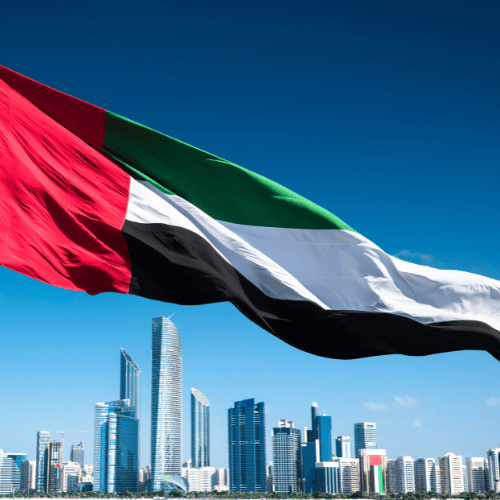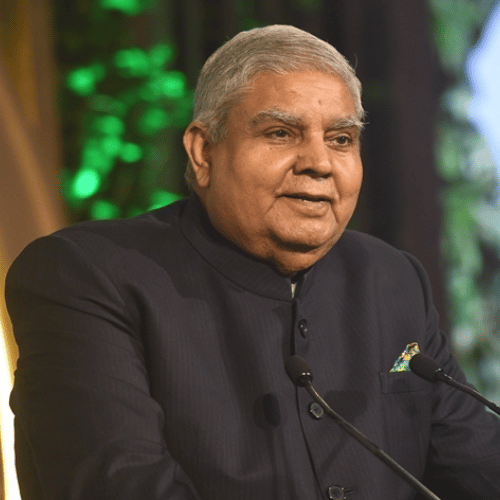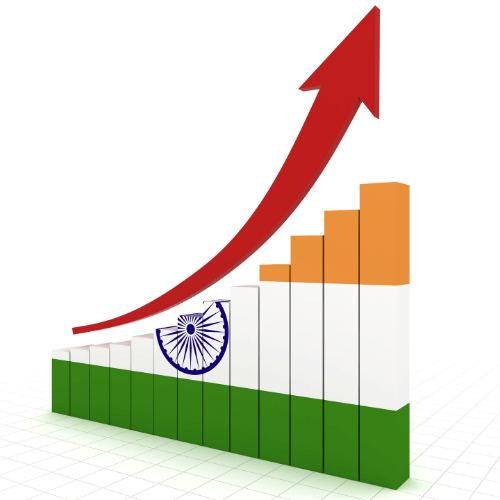By the fiscal year 2032–2033, India will have 50% of the population using electric vehicles. receive ongoing financial assistance from the government. With incentives totaling INR 1.8 trillion during FY 24–28 and an initial capex of USD 30-33 billion, a battery demand of 250GW may be met. This is noted in the Axis Capital research entitled “EV Batteries: Battle to Control EV Supply Chain.”
In the next five years, the cost of EV ownership can be reduced by enough scale, localization, and innovation to drastically minimise the need for incentives. In order to build the requisite 330 GWh of lithium-ion battery capacity (250 GWh demand with 75% utilisation) over the next ten years (70-75% of demand simply for LFP), the US needs to invest USD 30-33 bn (excluding major backward integration).
Limitations
Tech and constrictive incentives are impeding the localization of EV batteries in India. Localization of battery packs, which accounts for 20–25% of battery costs, has started in India and is anticipated to reach 100% in the upcoming years. In two to three years, cell manufacture is anticipated to start. Aside from the low actual incentives, India’s battery PLI plan is constrained and restrictive in terms of timing, technology, and value addition.
The set up of EV batteries
The localization of batteries has already begun, with OEMs like Tata Motors in PVs and Ola in 2Ws serving as role models and announcing their plans to get their batteries from well-established OEMs like Exide and Amara Raja.
Tata Motors has a guaranteed client base in the shape of Tata Motors and JLR (factory to be established by Agratas, a 100% subsidiary of Tata Sons, to be commissioned in FY26).
M&M has a supply agreement with the BYD/VW group for EV vehicles that will be introduced between CY25 and CY26. If the supply works out, M&M might think about localising battery production through partnerships with battery producers.
To establish a Li-ion battery factory in India, Suzuki, Toshiba, and Denso have formed a joint venture. Suzuki is in charge of manufacturing and owns a 50% interest in the JV. Denso will have a 10% share and will contribute module technology, while Toshiba will hold a 40% stake and contribute cell technology.
Worldwide EV Players
According to the report, global EV volumes rose to around 8 million units in CY22 from 1.6 million units in CY19 (includes just BEVs, not PHEVs), and EV penetration was around 10% in CY22, up from 2% in CY19.















